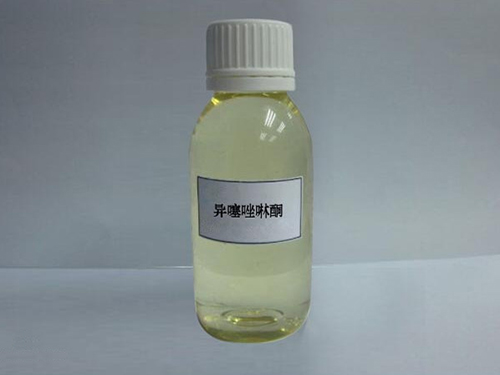polyaspartic acid sodium salt
Polyaspartic Acid Sodium Salt An Overview of Its Properties and Applications
Polyaspartic acid sodium salt is a versatile polymer that has garnered attention in various fields due to its unique chemical properties and functional characteristics. As a derivative of aspartic acid, polyaspartic acid exhibits a variety of beneficial attributes making it suitable for applications in industries ranging from agriculture to biomedical science.
Chemical Structure and Characteristics
Polyaspartic acid is a biocompatible and biodegradable polymer that primarily exists in a salt form when neutralized with sodium. The polymer is formed through the polymerization of aspartic acid, which can exist in both its L and D forms. The sodium salt of polyaspartic acid is produced when the carboxylic acid groups in the polymer chain are neutralized with sodium. This process results in a polyamino acid that displays excellent hydrophilicity due to the presence of multiple carboxylate functional groups along its backbone.
One of the most notable properties of polyaspartic acid sodium salt is its ability to form stable complexes with metals, which has implications for various applications including chelation and environmental remediation. Additionally, its lower toxicity profile makes it favorable for applications where safety is paramount, such as in food and pharmaceuticals.
Applications in Agriculture
In the agricultural sector, polyaspartic acid sodium salt is being utilized as a soil conditioner and fertilizer enhancer. Its ability to improve nutrient retention and enhance soil structure is critical in promoting plant growth. By forming complexes with nutrients such as nitrogen, phosphorous, and potassium, polyaspartic acid sodium salt can increase the bioavailability of these essential elements, ensuring that plants have access to the nutrients they require for optimal growth.
Furthermore, the hydrophilic nature of polyaspartic acid allows it to retain moisture in the soil, mitigating the effects of drought and promoting sustainability in agriculture. Its biodegradability also means that it does not contribute to soil pollution, making it an environmentally friendly option in farming practices.
polyaspartic acid sodium salt

Industrial Uses
The industrial applications of polyaspartic acid sodium salt are varied and extensive. It is employed as a dispersing agent in coatings and paints, where it helps to stabilize pigments and improve the overall quality of the product. The polymer’s amphiphilic properties allow it to play a significant role in the formulation of water-based coatings, leading to improved adhesion and durability.
In the field of construction, polyaspartic acid sodium salt is used in concrete formulations to enhance the performance and longevity of concrete structures. It acts as a plasticizer, improving workability while also providing water-repellent characteristics, thereby reducing the risk of cracking due to water intrusion.
Biomedical Applications
The biocompatibility of polyaspartic acid sodium salt opens up avenues for its use in biomedical applications. Researchers have been exploring its potential as a drug delivery system due to its ability to form hydrogels. These hydrogels can encapsulate pharmaceuticals and release them in a controlled manner, offering a promising solution for targeted therapy.
Additionally, polyaspartic acid's role in tissue engineering is being investigated, where it could be used as a scaffold material. The polymer can encourage cell attachment and growth, facilitating the repair and regeneration of damaged tissues.
Conclusion
Polyaspartic acid sodium salt is a promising polymer with remarkable versatility. Its unique properties make it suitable for application in agriculture, industrial processes, and biomedical fields. As research and development continue, it is likely that its myriad of applications will expand, contributing to advancements in sustainability, safety, and health. The potential of polyaspartic acid sodium salt symbolizes the growing importance of innovative materials in addressing contemporary challenges across various sectors. Thus, the continued exploration of its properties and applications stands to benefit numerous industries and the environment alike.
-
Understanding Polycarboxylic Acids: Properties, Applications, and Future PotentialNewsJul.28,2025
-
Scale Inhibitor Explained: How to Protect Your System from Limescale and Hard Water DamageNewsJul.28,2025
-
Scale and Corrosion Inhibitors: Essential Chemicals for Industrial Water System ProtectionNewsJul.28,2025
-
Polyaspartic Acid: A Biodegradable Polymer for Sustainable ChemistryNewsJul.28,2025
-
Isothiazolinones: A Versatile Antimicrobial Class with Industrial Power and Regulatory ChallengesNewsJul.28,2025
-
A Deep Dive into 2-Phosphonobutane-1,2,4-Tricarboxylic Acid (PBTC)NewsJul.28,2025





